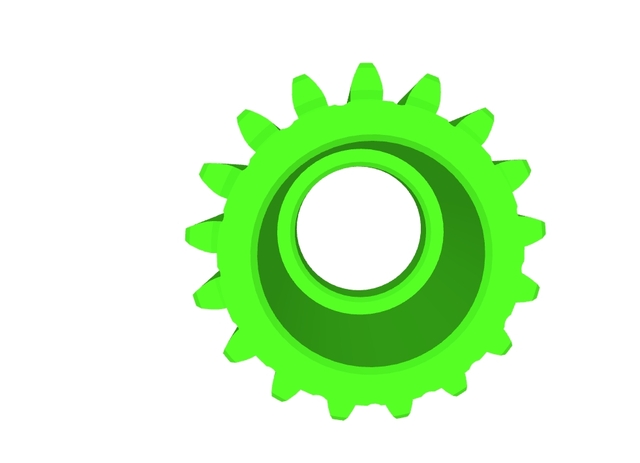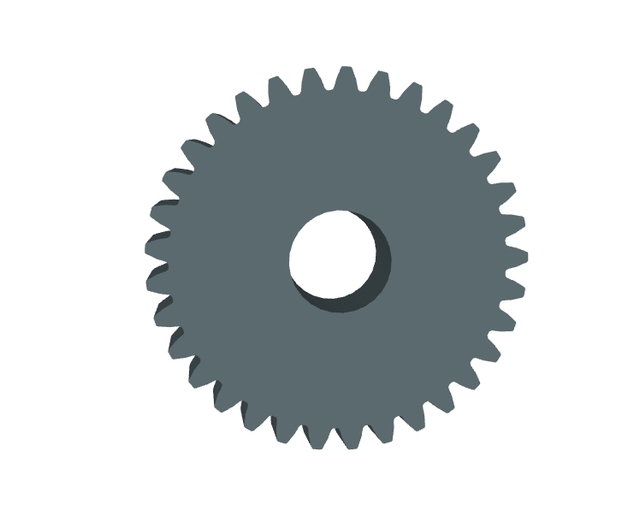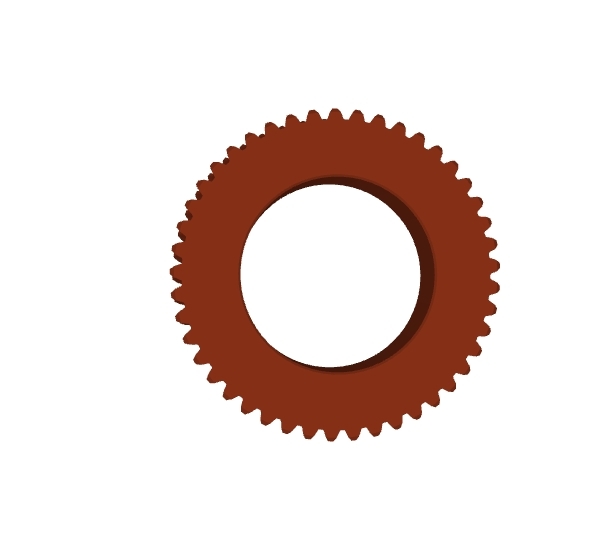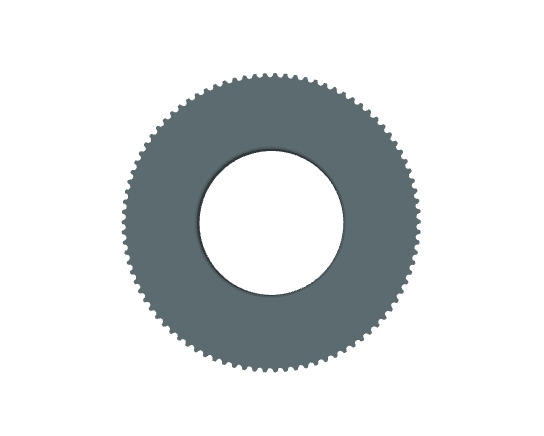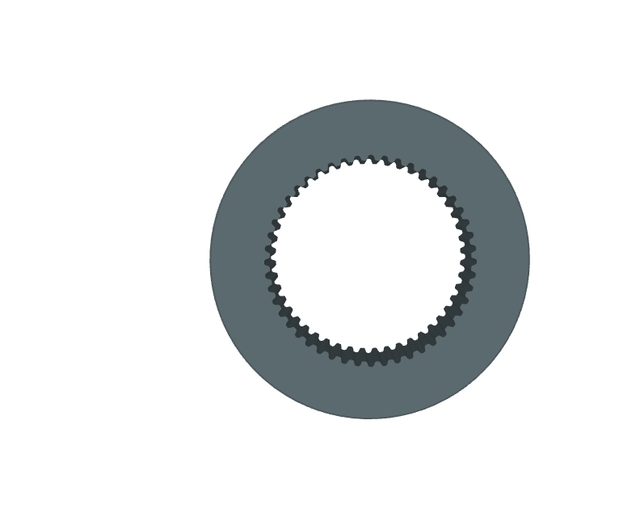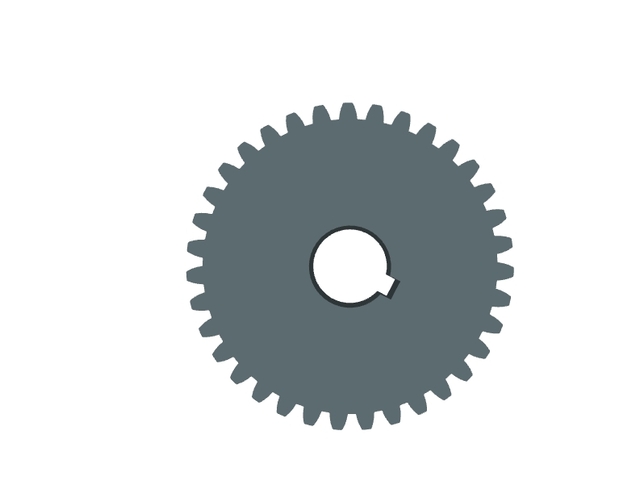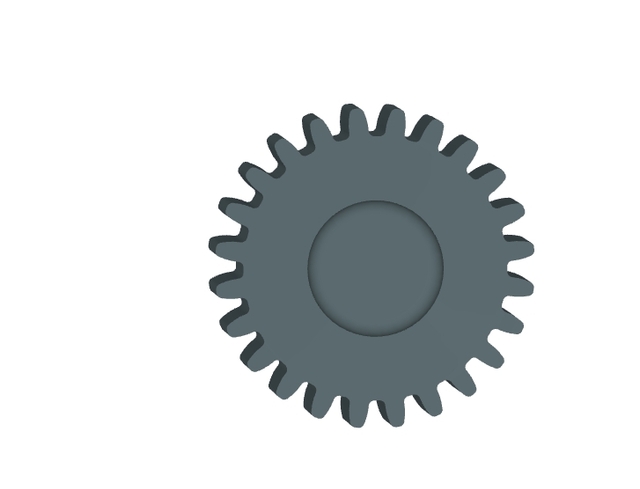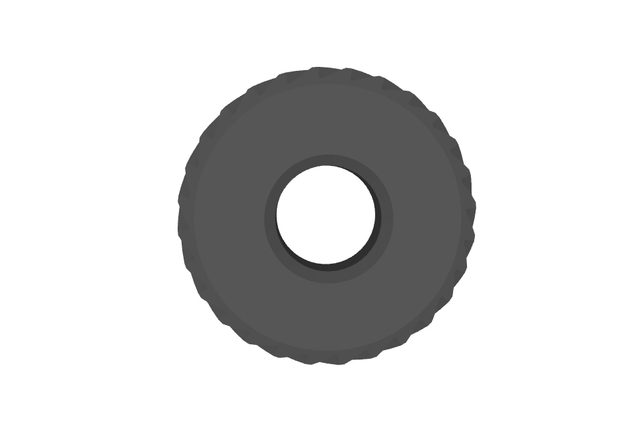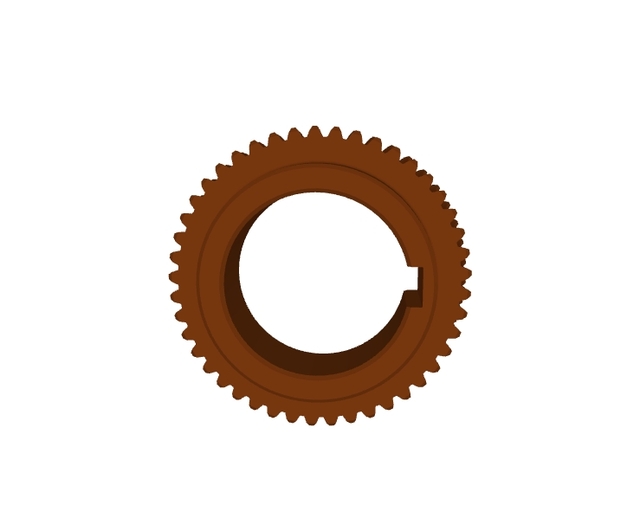A successful transmission system is more than just the gears
In the pursuit of excellence in mechanical transmission, a key misconception is to rely solely on the gears themselves. Of course, the accuracy and strength of the gears are critical. However, the cornerstone of atruly reliable, efficient and long-lasting system is the support structure- such as the precision machined housing or mounting plate shown in the picture. Even the most perfect gear will perform poorly if it is placed on an unstable foundation, causing vibration, wear and failure.
This article abandons the isolated view and views the gears and their supporting structures as an inseparable collaborative system. We will walk you through the construction of a complete custom transmission system: from thecore of driving motion -Custom Gears, to the foundation ofprecision machininghousings that ensure accurate positioning and carry the operating load.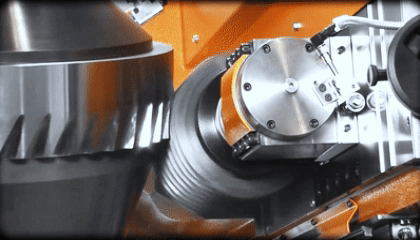
Deconstruction Of A High-precision Mounting Plate: The Design Language Hidden In The Picture
| Feature Dimensions | Design Reflection | Core Purpose and Function | Key Requirements |
|---|---|---|---|
| Structural Features | Large-area grooves/weight-reducing holes | Provide movement space for internal gears, bearings, and transmission shafts; form heat dissipation channels | Space reservation, thermal management |
| Precision Features | Precision positioning holes | Install shafts, bearings, and fasteners; ensure accurate meshing of gear systems | Axis center distance tolerance (extremely high) |
| Material Features | Aluminum alloy (such as 6061-T6) | Achieve lightweight; provide structural strength; ensure heat dissipation efficiency; meet complex processing requirements | Lightweight, strong, thermally conductive, easy to process |
1. Function-oriented organization:
Grooves/weight-reducing holes:They are not mere hollowing. The purpose is to reserve the required three-dimensional motion envelope space for the intricate inner gear system, revolving shaft system and supported bearings from entangled interference.These openings simultaneously create an effective natural convection heat dissipating channel that in a timely manner guide out the heat produced by gear meshing friction and bearing operation, and thus avoid excessive temperature increase from leading to lubrication failure or material deformation.
2. Precision positioning holes:
Precision positioning holes are the physical carriers of system precision.The absolute position (particularly the axis distance among multiple holes) and relative position tolerance (parallelism, verticality, coaxiality) are highly stringent. They serve as the standards for mounting motor output shafts, transmission shafts at all levels, and bearing seats. Deviations of even a few microns in the axis distance will directly result in:
- Abnormal meshing of gears:Tooth side clearance variation, alteration in the contact spot, and stress concentration.
- Higher noise and vibration:Impact and abnormal noise are generated due to non-ideal meshing.
- Dramatically reduced life:Hastened wear of tooth surfaces (pitting, bonding) and even fractured teeth.
- Transmitting efficiency is compromised:Energy is lost in unnecessary friction and distortion. Thus, the machining accuracy of these holes (usually requiresCNC precision drilling/milling, or even coordinate boring) is the secret to the smooth, efficient, and lasting performance of the overall transmitting system.
3. Performance-optimized materials:
- Aluminum alloy (usually 6061-T6):The application of this material is a compromise of a number of performance demands:
- Lightweight:Substantially minimize the moving part inertia, enhance dynamic response of the system, and minimize weight in general (particularly essential in case of mobile devices).
- Strength and stiffness:The heat treatment state in T6 is adequate to offer the required strength and stiffness to carry internal transmission parts, endure loads and vibrations under operation, and provide structural stability.
- Good heat dissipation:The thermal conductivity of thealuminum alloyis far superior to that of steel. Thus, heat inside is transferred and conducted efficiently onto the surface through channels created by grooves and then dissipated. It provides the material foundation for thermal management.
- Good processability:The aluminum alloy is easy to process byprecision milling, drilling, tapping, etc. It can effectively and precisely achieve thin-walled structure, complex geometric shapes, and positioning holes illustrated in the figure, which provides the most significant guarantee to accomplish high-precision design.
This mounting plate's style language clearly shows its center mission - as a precision base and protector of the gear transmission system, with the exactly designed weight-reducing and heat-dissipating structure, the almost demanding positioning precision guarantee and the selection of lightweight and high thermal conductivity materials, it creates and maintains a best space and condition for effective, stable and long-term operation of the gears.
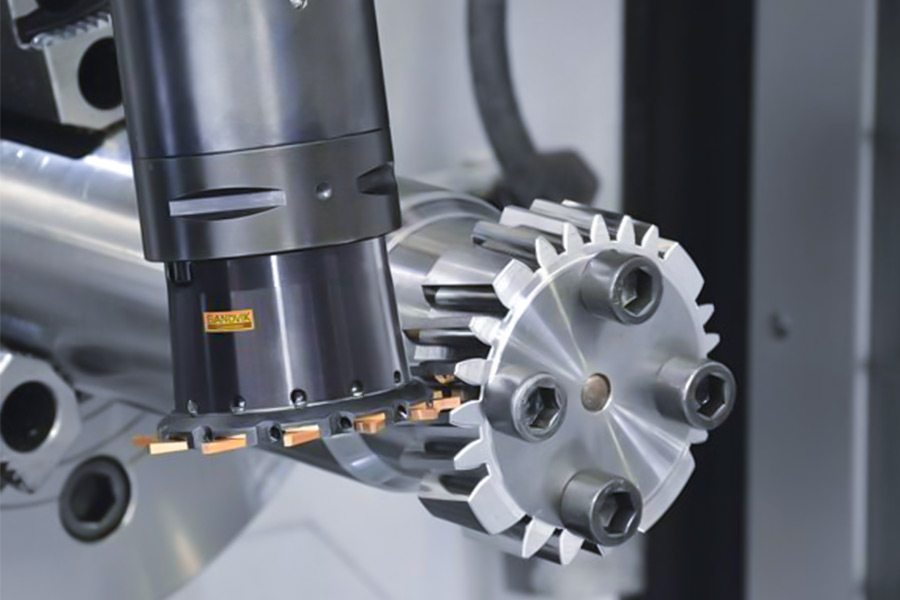
Critical Tolerances: How Housings Determine The Fate Of Gears
| Tolerance type | Consequences of too large tolerance | Consequences of too small tolerance | Core impact object |
|---|---|---|---|
| Axis center distance tolerance | Insufficient gear meshing, impact, increased noise | Gear jamming, rapid wear, heat | Theoretical distance between the axes of two gears |
| Flatness and parallelism | Shaft tilt, tooth surface eccentric load, increased vibration and noise | (usually similar to the effect of too large tolerance) Shaft jamming, abnormal wear | Mounting base, axis of two shaft holes |
1. Axis center distance tolerance (core):
A critical tolerance on the housing, directly defining the theoretical axis distance between mating gears.
- Too large:The distance between the gears increases, the contact area between meshing is not enough (the risk of disengagement is higher), which causes unstable power transmission, shock loads, significantly higher noise levels, and efficiency loss.
- Too small:The tooth distance is too small or negative, too much extrusion occurs between the tooth surfaces, and the friction increases dramatically, resulting in improper wear and high heat generation. In extreme instances, the shafts or the gears will lock up and cause catastrophic failure.
- Role of the housing:Theaccuracy machiningand positioning of the bearing holes on the housing are the basis of obtaining and sustaining the designed axis distance steadily. The housing is the "space skeleton" of the gear shaft system.
2. Flatness and parallelism (basic guarantee):
- Flatness of the installation base surface:Enable the housing to seal well with the frame or other members, prevent housing deformation due to fastening, and indirectly affect the position of the shaft hole and the alignment of the shaft system.
- Parallelism of the shaft holes:Enable the two gear shafts to keep the parallel relation to be kept in accordance with the design in three-dimensional space.
- Effects of deviation:In case the base surface is not level or the axis of two shaft holes is not parallel, the gear shaft will be at an angle.This will convert the gear meshing from a ideal line contact or surface contact to a unfavorable point contact or local line contact (eccentric load).The consequence is that the stress on the tooth surface becomes extremely uneven, local wear is enhanced, vibration and noise are generated, and gear life and transmission stability are severely reduced.
The accuracy in housing processing, especially the precise control of the axis center distance and the stringent requirement for flatness/parallelism, is the initial guarantee of thegear system operating smoothly, efficiently, quietly and with extended lifespan. Housing tolerance decides the fate of the meshing of gears directly.
Custom Gear Manufacturing: The Pulse Of The Drive System
Gears are the backbone of precision mechanical transmission, and their behavior has a direct impact on the efficiency, noise, life and reliability of the total system. Specialgear manufacturingaims to manufacture gears with high accuracy to meet rigorous requirements in accordance with specific application needs.
| Key elements | Main options/methods | Core features/purposes | Key considerations |
|---|---|---|---|
| Gear type | Spur Gear | Simple structure, low cost, small axial force; but large meshing impact and high noise. | Transmission ratio, torque, axial space, noise requirements |
| Helical Gear | Smooth meshing, low noise, high load capacity; generate axial force, slightly lower efficiency. | ||
| Bevel Gear | Used for power transmission between intersecting axes (usually 90°). | ||
| Core manufacturing process | Hobbing | The most common and efficient tooth profile generation method, suitable for large quantities and medium precision. | Efficiency, cost, target accuracy |
| Grinding | High-precision finishing, correction of deformation after heat treatment, to achieve extremely high standards. | Final precision requirements (such as AGMA, DIN, JIS grades), noise | |
| Material and heat treatment | Common materials (such as 40Cr, 20CrMnTi, 42CrMo, stainless steel, etc.) | Provide basic strength and toughness. | Strength, wear resistance, corrosion resistance, cost |
| Key heat treatment (such as carburizing and quenching, nitriding, induction quenching) | Greatly improves surface hardness, wear resistance and contact fatigue strength, which is the performance guarantee. | Load, wear environment, dimensional deformation control, cost |
1. Selection of gear type: application situation dictates design
- Transmission ratio and torque:Determine the size, module and amount of teeth of the gear. High torque generally requires a larger module and an increased face width.
- Noise requirement:It has a significant role to play in the choice. Helical gears significantly reduce operating noise and vibration due to their smooth meshing, and are the preference in cases where quiet operation is required (e.g., automotive transmissions, precision instruments). Spur gears are very noisy. Bevel gears are utilized to change the direction of transmission.
- Space needs:Spur gearsneed the least axial space; helical gears need to have space for axial forces; bevel gears are used in intersecting axis applications.
2. Core manufacturing process: balance between precision and efficiency
(1) Hobbing:
- Core position:It uses the continuous rotation of the hob and the workpiece to develop the cutting tooth shape. It is the most common and efficient method for mass production or medium-precision customized production of gears.
- Advantages:High efficiency, relatively low cost, and a wide range of applicable materials.
- Limitations:The accuracy level usually achieved is limited, and heat treatment is required after processing, which will introduce deformation.
(2) Grinding:
- Precision guarantee:After the gear is heat treated (such as quenching), a grinding wheel is used forprecision cutting.
- Core function:Accurately correct the deformation caused by heat treatment (such as tooth profile and tooth direction error) to improve the gear accuracy to the highest level (such as AGMA 13-15, DIN 3-5). This is crucial for high-speed, low-noise, and long-life applications.
- Advantages:Achieve ultra-high precision and excellent surface finish.
- Cost:The processing time is longer, and the equipment investment and process costs are significantly higher thangear hobbing.
3. Materials and heat treatment: the cornerstone of performance
- Material selection:Commonly used alloy structural steels (such as 40Cr, 20CrMnTi in China, 8620, 9310 in the United States, 20MnCr5, 18CrNiMo7-6 in Europe). The selection depends on the strength, toughness, and hardenability requirements. Stainless steel is used in corrosion-resistant environments.
- The core role of heat treatment:The material itself has limited performance, and heat treatment is the decisive step to give gears high strength, high wear resistance and long fatigue life.
- Carburizing and quenching:The most commonly used. Surface carburization and quenching to obtain a hard and wear-resistant surface layer (HRC 58-62+) and a tough core. Suitable for gears that are subject to high contact stress and bending stress (such as automobiles and heavy-duty gears). 20CrMnTi is a typical carburizing steel.
- Nitriding:Nitrogen atoms are infiltrated into the surface, with high hardness (HV 1000+), minimal deformation, good wear resistance and anti- seizure. Suitable forprecision gears, difficult-to-grind internal gears or occasions with extremely high requirements for deformation control.
- Others:Quenching and tempering (providing the basis for good comprehensive mechanical properties), induction quenching (local surface hardening), etc. are also commonly used.
3.Matching:Material composition, pre-heat treatment (such as normalizing, quenching and tempering), and final heat treatment process must be accurately matched to achieve the optimal performance combination and control deformation.
Successful custom gear manufacturing is a combination of gear types that precisely match application requirements, efficient and high-precision processes, and system engineering that achieves excellent performance through rigorous material selection and heat treatment processes, just like the strong and precise pulse of the drive system.
Key Points For Selecting Online Gear Machining Services
In the field of industrial manufacturing, the quality of gears directly affects the transmission efficiency and service life of mechanical equipment. It is crucial to choose a reliableonline gear machining serviceprovider. The following are the key points for selection:
1. Professional identification: equipment and testing capabilities
- Professional gear testing center:High-quality gear manufacturersare not only equipped with ordinary three-coordinate measuring machines (CMM), but also set up special gear testing centers equipped with gear measuring instruments (such as Gleason, Klingelnberg, etc.), which can accurately detect core parameters such as tooth shape, tooth direction, tooth pitch, meshing performance, etc.
- Full set of processing equipment:The supplier should have complete gear processing capabilities, including hobbing, gear shaping, gear shaving, gear grinding (such asCNC forming grinding, worm grinding) and other process equipment to meet the needs of different precision (such as DIN 5 level) and materials (such as alloy steel, plastic gears).
2. Technical communication: start with the application scenario
- Working condition analysis:Excellent suppliers will actively inquire about the application scenarios of gears (such as high speed and heavy load, low temperature environment, noise requirements, etc.), rather than simply processing them according to drawings. For example, wind power gears need to consider fatigue life, and robot gears need high precision and low backlash.
- Material and process suggestions:According to actual needs, suppliers should provide optimization suggestions such as material (e.g., 20CrMnTi carburizing and quenching),heat treatment process(e.g., nitriding), and lubrication methods to avoid failure due to design defects.
3. Other considerations
Certification and standards give priority to companies that have passed ISO 9001, IATF 16949 and other certifications for a fine quality management system.
- Digital service capabilities:Providers supporting online inquiry, drawing upload, progress tracking, and other functions are more efficient.
- Cases and reputation:Look for cooperation cases of industry benchmark clients (e.g., automobile and aerospace industries), or verify reputation through third-party websites.
In selecting onlinegear machining services, one must fully consider the supplier's professional hardware level, technical collaboration depth, and service flexibility to guarantee the reliability of the whole process from gear design to end product.
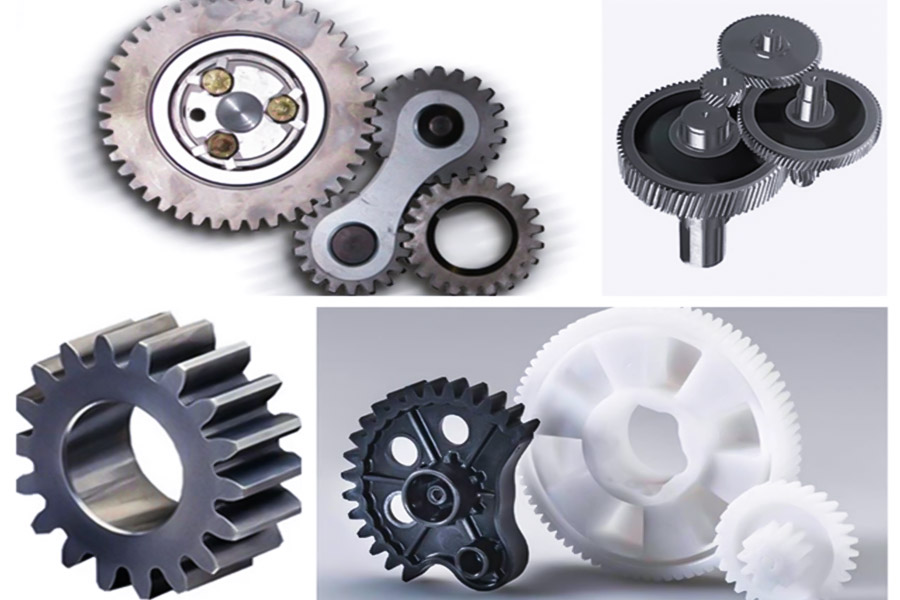
Synergy Effect: When Precision Housing Comes Together With Precision Gear
| Comparison factors | Positive effect (high-precision housing + high-precision gear) | Negative effect (high-precision gear + low-precision housing) |
|---|---|---|
| System performance | Significant optimization: Achieve the expected performance of the design | Serious deterioration: Far below expectations, even worse than low-precision matching system |
| Noise level | Extremely low: Smooth and quiet operation | High: Prone to abnormal noise and howling |
| Service life | Greatly extended: Even and slow wear | Sharply shortened: High risk of abnormal wear, pitting, and broken teeth |
| Transmission efficiency | High: Small friction loss, smooth energy transfer | Low: Large additional friction loss, increased heat generation |
| Cost-effectiveness | High: High initial investment, but low long-term reliability and maintenance costs | Extremely low: Waste of investment in high-precision parts, high total cost of ownership |
| Key inspiration | Maximize synergy effect | System short board effect appears (housing is the short board) |
Positive influence: synergistic benefit
- Low noise:Accurate housing provides firm support to ensure correct gear meshing; high-precision gears ensure equal contact. The two in combination effectively eliminates vibration and noise.
- Long life:Accurate positioning of housing precludes shaft deflection; gear load is uniformly distributed. Reduce abnormal wear and significantly extend life.
- High efficiency:Accurate installation andgear precisionminimize friction and oil stirring loss, and improve transmission efficiency.
Negative impact (trap): Mismatch cost
- Shrinking of performance:Even top-grade gears (such as AGMA 12 grade) installed in low-precision housings (hole position deviation, low rigidity) will yield shaft skew and poor meshing.
- Worse than low matching:Mismatch results in stress concentration, unusual wear, high noise and high heat. Actual performance is normally far worse than systems of lower precision (such as AGMA 8 grade) but good matching.
- Central warning:System performance is determined by the weakest link (usually the housing) and matching, not the ultimate accuracy of a single component. Ignoring integration is wasteful to the extreme.
The higher quality of the precision transmission system comes from the ideal harmony between the housing and the gears, like a symphony. The value of its system integration is far greater than the simple sum of precision limits of components.
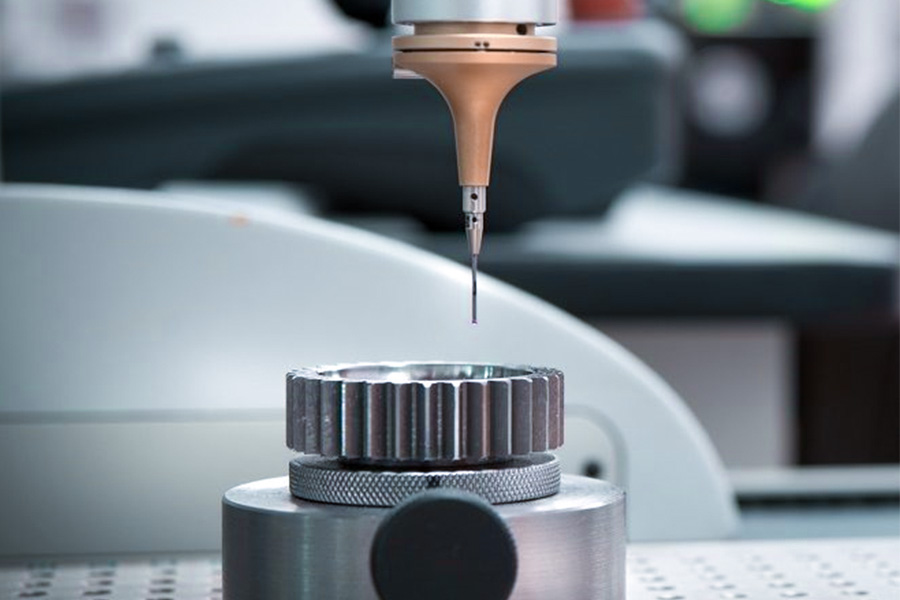
System Cost Decoding (Gear Machining Price): Price Composition of Gears and Housings
Gears and housings are the basic components in machinery devices, and their overall processing expenses include two major parts:material costand processing cost. But the key drivers of these two portions of the cost both share significant similarities for housings and gears (like the huge impact that quantity and the demands of precision play on cost), and share significant distinctions (such as different weights of material cost and the intensity of geometry). All of these drivers and distinctions must be grasped to optimize the precision of estimating and managing costs.
Comparison of cost drivers for gear and housing processing
| Cost drivers | Impact on housing price | Impact on gear price | Key differences |
|---|---|---|---|
| Material | Medium | High | Gears are usually made of high-performance alloy steel and require heat treatment. The material itself and processing costs account for a much higher proportion than the commonly used housing materials. Housing costs focus more on processing. |
| Geometric complexity | High | Very high | Housing deep cavity, thin wall, multiple holes/features significantly increase programming and processing difficulty/time. Gear tooth profile complexity (such as bevel gears, worm gears, non-standard tooth profiles) has extremely high requirements for processing equipment, tools and processes, and the cost surge far exceeds that of spur gears. |
| Tolerance accuracy | Very high | Very high | Both are extremely sensitive to key dimensions/form and position tolerances (such as housing axis distance/parallelism, gear tooth profile/tooth direction/runout tolerance). For each level of accuracy increase, the difficulty of processing and inspection costs may increase exponentially. |
| Quantity | High | High | Commonality is significant: Single piece/small batch proofing costs are high (sharing programming, tooling, and debugging). Mass production can significantly dilute the unit cost (tool, machine time optimization). |
| Surface treatment | Medium | Usually not applicable(Replaced by heat treatment) | The housing often requires anti-corrosion/aesthetic treatment (such as anodizing, spraying), and the cost is relatively controllable. The core of gear performance depends on the strength of the material body and the characteristics of the tooth surface, which is usually achieved through heat treatment (carburizing, quenching, nitriding, etc.), which is included in the high cost of the "material" item. Gears rarely undergo decorative or basic anti-corrosion coatings like housings. |
1. Commonality:Quantity (batch effect) and tolerance accuracy are one of the most critical factors affecting the cost of both.
2. Core differences:
- Gears:Material and geometric complexity (tooth shape) are the primary cost drivers. High-performance materials and heat treatment, complex tooth shape processing are the core reasons for its high cost.
- Shell:Geometric complexity (structure) and tolerance accuracy are the primary cost drivers. Processing difficulty (time, process) is the main cost component, and material cost accounts for a relatively low proportion.
3. Special items:Surface treatmentis a common cost item for shells, but for gears, their function is usually achieved by heat treatment, and no additional treatment process similar to the shell surface is required.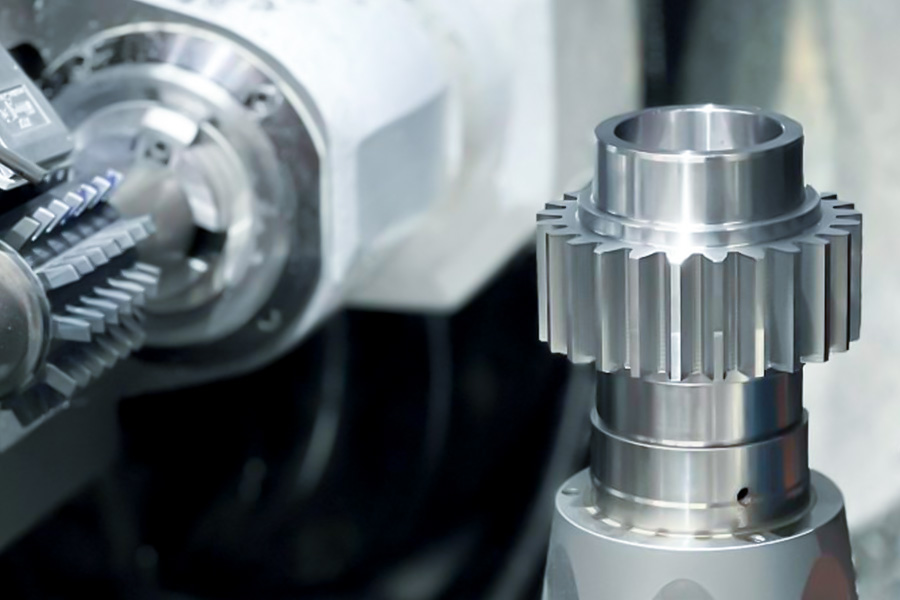
Summary
Successful precision transmission comes from systematic thinking:the gear and its mounting housing must be considered as an inseparable whole. Viewing parts in isolation cannot ensure the final performance.
The performance of the gear (noise, life, etc.) is highly dependent on its operating environment. Optimizing only a single gear while ignoring the housing, fit and working conditions may lead to system failure.
When asking suppliers for quotes,please provide assembly drawings or detailed working conditions (load, speed, temperature, etc.)of the entire system, rather than just parts drawings. This allows us to deeply understand the design intent, optimize tolerances, materials and processes from a system perspective, andprovide a more reliable and cost-effective overall solution.
Act now! Use "system thinking" to innovate your design and procurement.Choose usas a partner for integrated precision gear andcustom gear box manufacturing, go beyond single parts, and work together to create a truly precise and reliable transmission system!
📞Tel: +86 185 6675 9667
📧Email: info@longshengmfg.com
🌐Website:https://lsrpf.com/
Disclaimer
The contents of this page are for informational purposes only.LS seriesThere are no representations or warranties, express or implied, as to the accuracy, completeness or validity of the information. It should not be inferred that a third-party supplier or manufacturer will provide performance parameters, geometric tolerances, specific design characteristics, material quality and type or workmanship through the LS network. It's the buyer's responsibilityRequire parts quotationIdentify specific requirements for these sections.Please contact us for more information.
LS Team
LS is an industry-leading companyFocus on custom manufacturing solutions. We have over 20 years of experience with over 5,000 customers, and we focus on high precisionCNC machining,Sheet metal manufacturing,3D printing,Injection molding,Metal stamping,and other one-stop manufacturing services.
Our factory is equipped with over 100 state-of-the-art 5-axis machining centers, ISO 9001:2015 certified. We provide fast, efficient and high-quality manufacturing solutions to customers in more than 150 countries around the world. Whether it is small volume production or large-scale customization, we can meet your needs with the fastest delivery within 24 hours. chooseLS technologyThis means selection efficiency, quality and professionalism.
To learn more, visit our website:www.lsrpf.com


